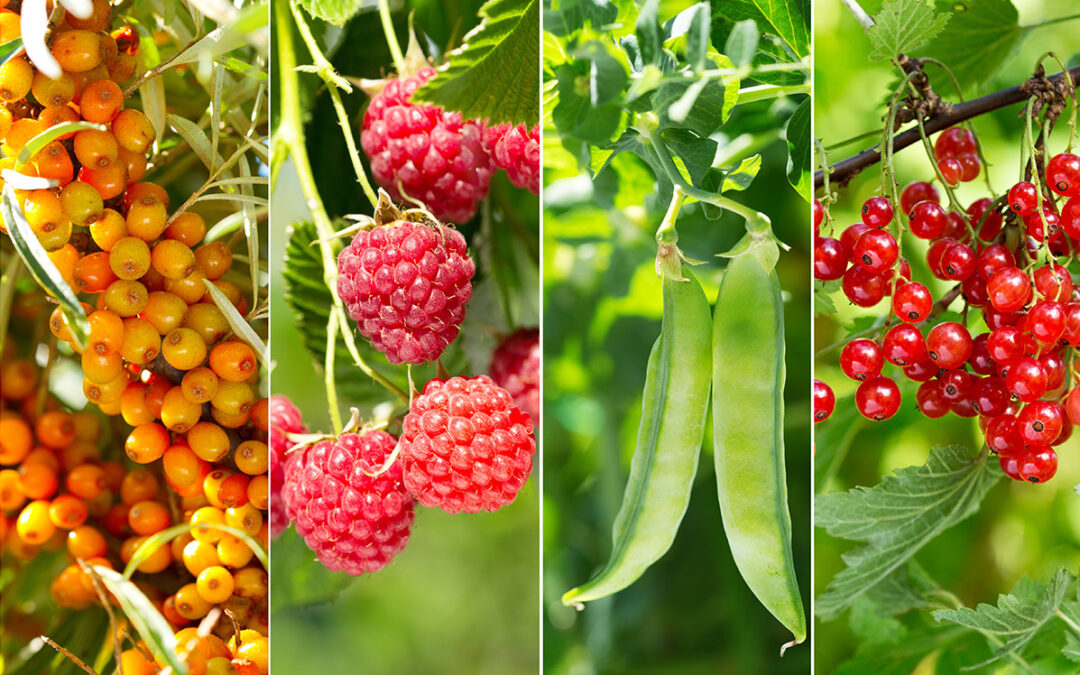In July, freshly harvested daily
Cucumbers, tomatoes, aubergines, lettuce, beans and peas … in July every day deliciously crispy vegetables ripen. But watch out! Because many fruits are picked too early and have not yet reached their full aroma. For example, blackberries are ripe when they start to become duller, and plums are especially sweet when the stem gets slightly shriveled, …
What else is there to do in the garden in July?
Sowing
- kohlrabi
- carrots
- radish
- beetroot
- peas
- bush beans
- fennel
- ice salad, head salad, pickle salad
sugarloaf - savory
- rocket
- garden cress
- parsley
- peppermint
Prune off branches
Tomatoes make evergreens that grow so fast, so they should be removed as young as possible and once or twice.
Cut berry fruits
Once raspberries, currants, bromeliads and grapes have been harvested, the shrubs can be sown and trunk removed for the benefit of young shoots. The right fruit woodcut should be done during the winter break.
Decline strawberries
Immediately after the harvest, the strawberry stands should be freed from all foothills and allowed to the compost. As a result, the perennials will bear much more fruit in the coming year.
Summer pruning
More branches and branches mean more shade and leaves. Shrubs and trees focus on foliage rather than fruit ripening, so it is advisable to cut back branches that are not supportive. If the orchard / tree does not grow so fast next year, its growth can be tamed with just this summer cut. If the orchard is to grow faster, it is better to wait until the end of February at the cut of the winter months.
TIP!
Now dry the grass clippings.
The dried grass clippings are a practical groundcover and cold protection in winter. Now is the optimal time to let the lawn dry and use as mulching material in the cold months (very cost effective!).
Complementary fertilization
If the vegetables are not growing properly and the leaves are starting to turn yellow, fertilization is the order of the day. Due to their rapid action, liquid fertilizers are ideally suited, because growth starts to gain momentum just a few days after fertilization.
For crops that are only a few weeks on the beds, such as for salad, a gift of plant nutrition is sufficient. In plants, however, which are cultivated longer such as zucchini or tomatoes, the regular application of liquid fertilizer is necessary.
Irrigate the garden … water, water, water!
Ideal watering times are the early morning or late evening hours when the sun is still low or low. Thus, burns can be prevented by the strong sunlight. Ideally, the root area is poured, this acts as a prevention of fungal infestation and diseases. Depending on the size of the garden and balcony, many (hobby) gardeners spend an incredible amount of time irrigating in the summer months. An automatic irrigation system takes care of this effort and supplies the plants exactly as needed.
TIP!
Automatically irrigate & save time and water costs!
Raintime ONLINE Shop irrigation technology
– Find the perfect irrigation system –


